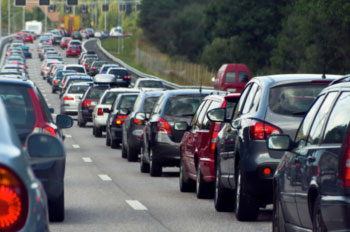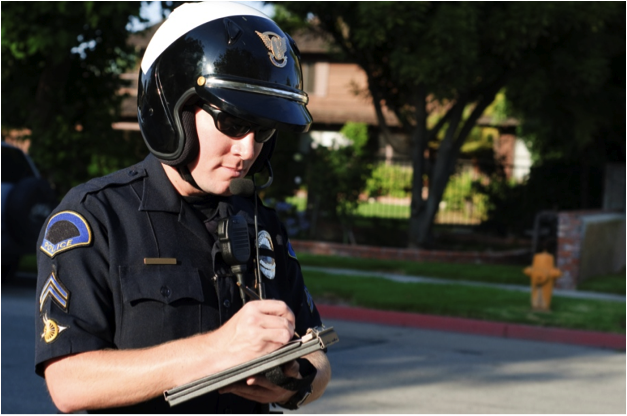You may be aware of the fact that your life is categorized in a series of records. You get a birth certificate at birth and a social security number before you start working. Your home address, employment information and tax filings are all in a database somewhere. Well, there’s also a record that tracks your driving mishaps. More specifically, your driving record keeps track of all of the moving violations, license points and auto accidents that you have accumulated in recent years. As a Californian, you have the right to see what’s in this important document.
Why You Need Your Driving Record
You might be wondering why would you need to examine your driving record. Well, outside of general curiosity, here are some possible reasons:
- To demonstrate that you have a clean driving record for an employer (especially one who requires you to drive a company vehicle as part of your duties)
- You want to know how many points you have on your driving record; and how much margin of error you have before your license in suspended
- To see how good or bad your driving record is before you start shopping for Auto Insurance quotes from other companies
How Do I Get My Driving Record?
Fortunately, obtaining your driving record in California isn’t a cumbersome process. All you have to do is make a formal request to see your record. The simplest way to do this is online. If you opt for the online record, you only receive a “copy” of the official document. It will cost you $5, and you can pay by credit card, debit card or electronic check from the DMV website (which requires a free user account). You can also print your driving record out for an extra $2 if desired. Just make sure your printer is ready, because you’ll only get one chance to print it. You cannot save it to a hard drive.
To obtain your “official” driving record (which may be required in some instances), you can fill out a request form and mail it in to the California Department of Motor Vehicles Public Operations. Or you can go to your nearest DMV office and request the record in person. The cost will be $5 either way.
Fixing Driving Record Mistakes in California
 The state government is a bureaucracy, and sometimes bureaucracies make mistakes. That’s another reason why you might want to view your driving record. If you discover a mistake, the DMV provides an avenue for correcting that error.
The state government is a bureaucracy, and sometimes bureaucracies make mistakes. That’s another reason why you might want to view your driving record. If you discover a mistake, the DMV provides an avenue for correcting that error.
Maybe the state says that you were involved in a traffic accident and that you were at fault, but that is not true. In this case, you can fill out this form. In addition to the date and city/county of the “accident” in question, you will need to provide any supporting documentation for your assertion along with the form. You’ll still mail this paperwork to the DMV, specifically to the Mandatory Actions Unit.
The same process can be completed if your record displays an erroneous traffic violation or citation. The only difference is that you will use this form instead of the one for accidents. In either case, the process of removing the incorrect item can take between four and six weeks. Questions about the status of your request can be answered by calling (916) 657-6525.
Cheap Car Insurance Rates with a Bad Driving Record
Maybe you checked your driving record and found that it’s not all that great. Unfortunately, traffic violations and at-fault accidents can be the main cause of high Auto Insurance rates. However, it all depends on your insurance company, as well as many other factors. To find the best Car Insurance coverage at the right price, call an Auto Insurance Specialist at (855) 919-4247. Our agents shop multiple carriers for the lowest rates in minutes! You can get a free quote and save money today.
The information in this article was obtained from various sources. This content is offered for educational purposes only and does not represent contractual agreements. Nor is it intended to replace manuals or instructions provided by the manufacturer or the advice of a qualified professional. The definitions, terms and coverage in a given policy may be different than those suggested here. Such policy will be governed by the language contained therein. No warranty or appropriateness for a specific purpose is expressed or implied.


